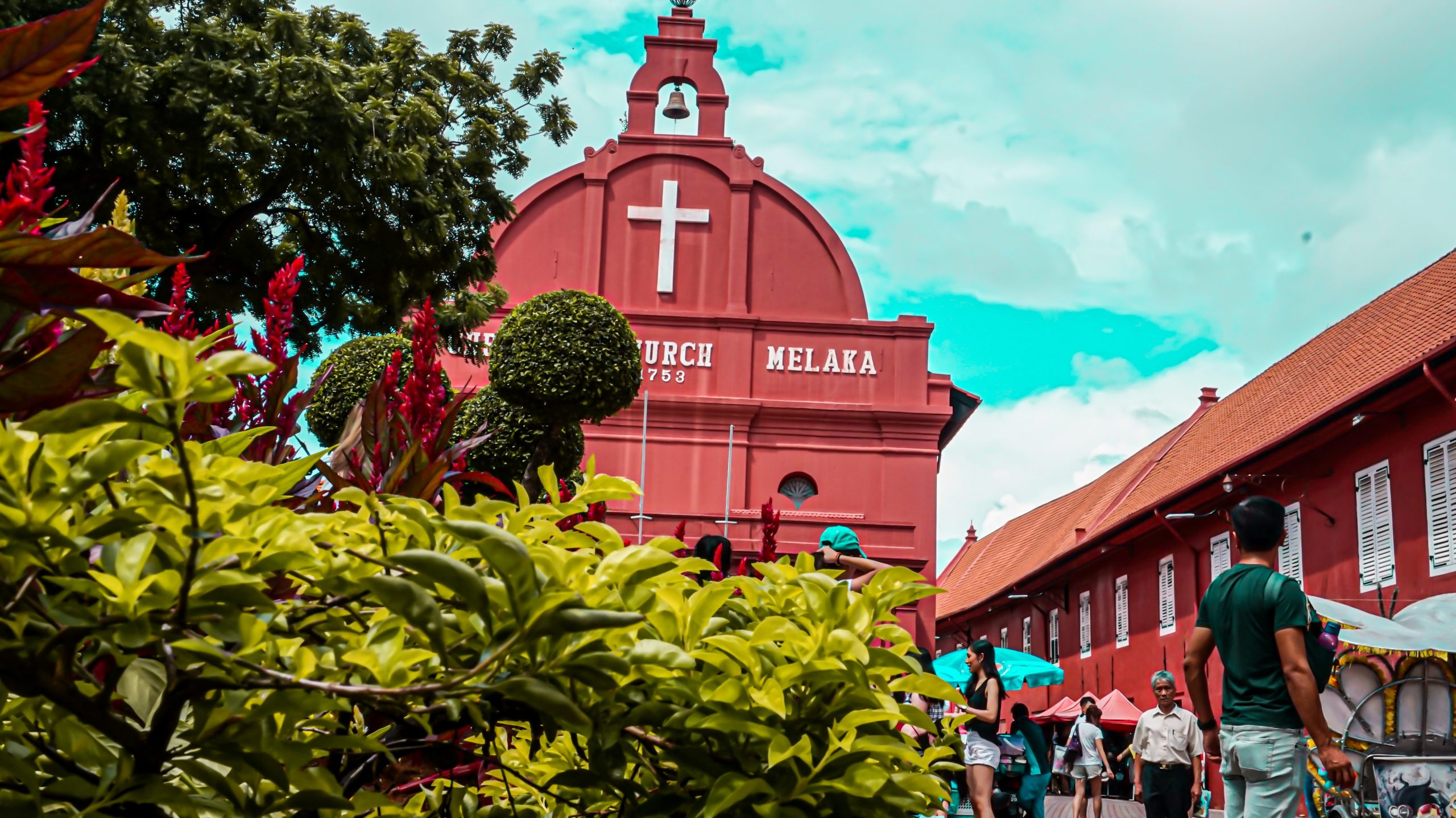
Bukit Cina (Chinese Hill)
Published on Nil | by atlasobscura.com
The largest Chinese cemetery in the world outside of China dates back to the 15th century
IN THE MIDST OF URBAN Malacca, a 820,000 square foot (250,000-square-metre) hill provides a verdant, peaceful respite from the hustle and bustle of the city. This entire hillside is a Chinese graveyard, allegedly the largest outside of China, with over 12,000 graves, some of which date to the Middle Ages.
In the mid-15th century, Hang Li Po, daughter of the Chinese Ming Emperor, was sent to be married to the sultan of Malacca, Mansur Shah. The couple established their residence on the hillside, later dubbed Bukit Cina, or Chinese Hill. Though there were Malaysian elements to the estate, it was overrun by the princess and her 500-person entourage, so its culture and design were overwhelmingly Chinese.
After Mansur Shah’s reign ended, the forested Bukit Cina was razed by Portuguese missionaries, who established a monastery atop the hill in 1581. It was officially designated a Chinese cemetery by the Kapitan Cina (a Dutch-appointed colonial official charged with governing the Chinese population) in 1685. There were some previous burials, including members of Hang Li Po’s party and a prominent warrior who died during conflict between the Portuguese and Indonesian Acehnese invaders. Thousands of Chinese who died in Malaysia would join them in the centuries to come.
By the 20th century, the cemetery had fallen out of use and had become overgrown. In 1984, when local government announced it would be developing housing and commercial property on Bukit Cina, it was met with public outcry. Hundreds of Chinese Malaysians came out to protect their ancestral history, and the cemetery was left alone.
Today, Bukit Cina is open to the public as a park. Its forested paths have become a popular spot for walks and jogs among the medieval graves. A Chinese World War II memorial can be found on the property, as well as temples and wells built by Sultan Mansur Shah. The best-known is the Hang Li Po Well, built specifically for the princess but used by the public, which is now treated as a wishing well.
Know Before You Go
Bukit Cina can be accessed by foot from many points within downtown Malacca.








